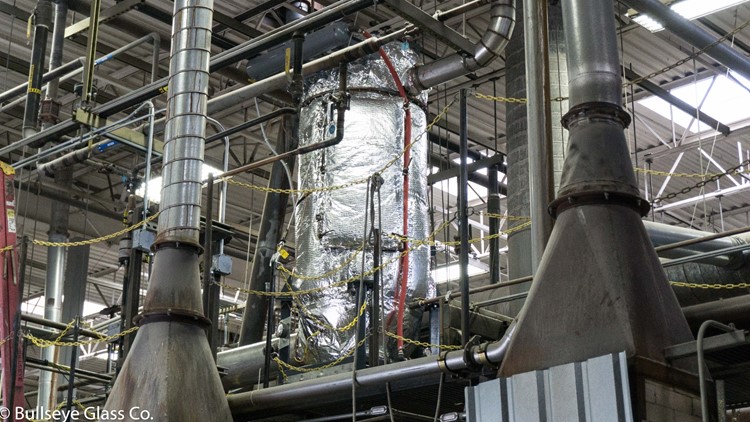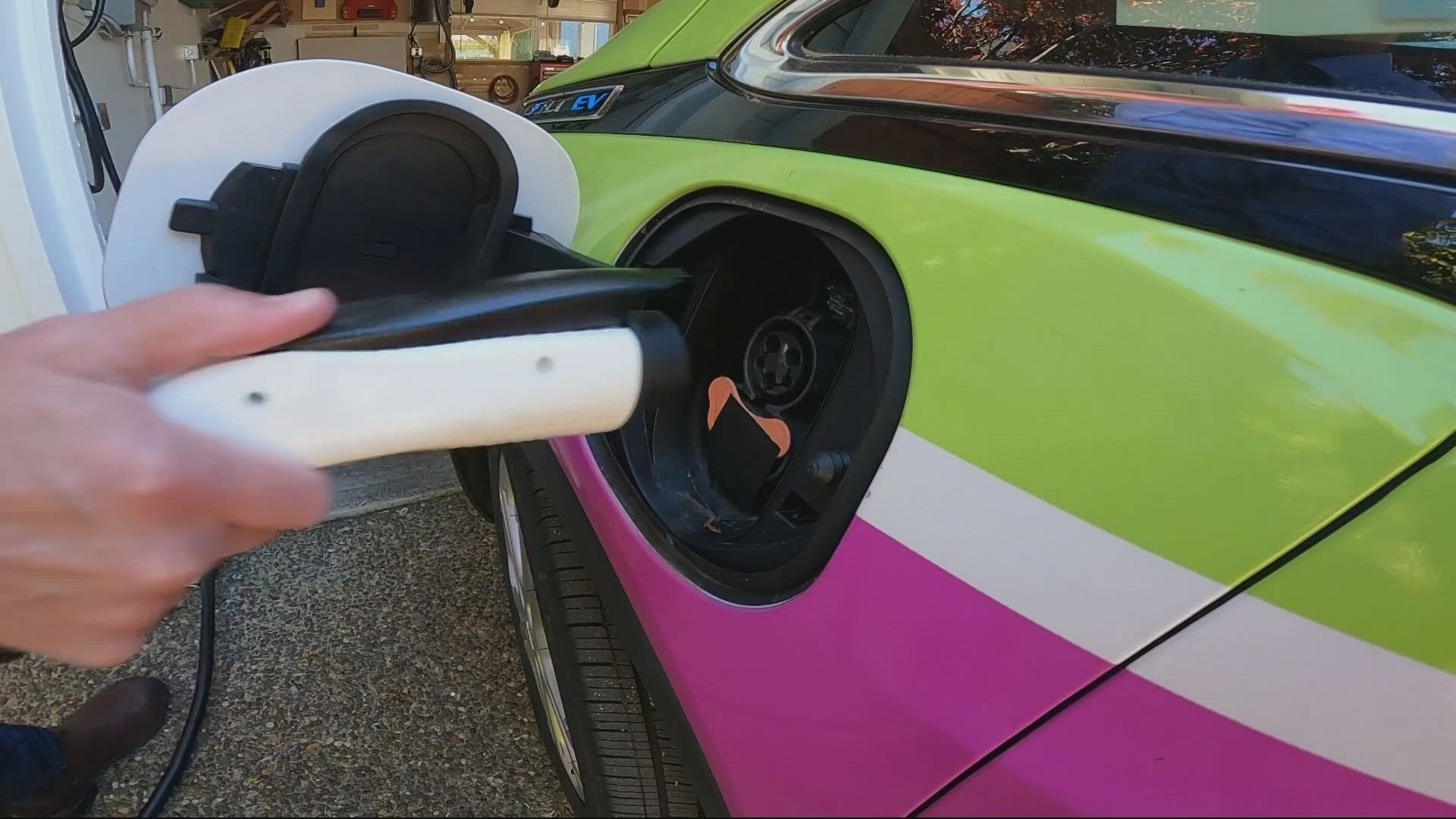PORTLAND, Ore. - The Oregon Health Authority reported Monday that, thanks to its regulatory efforts, the air around Precision Castparts Corp. and Bullseye Glass is a whole lot cleaner now.
Air monitoring data collected by the Oregon Health Authority in Southeast Portland indicate that levels of airborne heavy metals near Bullseye Glass are at least 98 percent lower than first measured (including an estimated 99.8 percent reduction in levels of toxic hexavalent chromium), based on data recorded over the past seven months.
Meanwhile, at Precision Castparts Corp., in Southeast Portland, air monitors have shown a significant decline in nickel concentrations since additional pollution controls were installed in May 2016.
Based on the current readings, regulators from the Oregon Department of Environmental Quality will move two of the four monitors that currently ring Bullseye Glass.
Two other air monitors, including one adjacent to a daycare center, will remain in place. In addition, regulators will move two of the three monitors located near Precision Castparts.
In October 2015 DEQ set up an air monitor near Bullseye Glass in fall 2015 after a United States Forest Service study identified elevated concentrations of heavy metals in nearby moss samples.
DEQ monitors found concentrations of metals many times above Oregon's health benchmarks for cadmium, arsenic and other metals.
Air monitoring also detected high levels of total chromium, and subsequent investigations determined that much of it may have been the more toxic form of hexavalent chromium.
State environmental regulators from DEQ and health experts from the Oregon Health Authority took action to stop the glass-makers from using toxic metals in uncontrolled furnaces.
At Bullseye Glass, state agencies issued a cease and desist order to stop the company from burning lead in uncontrolled furnaces, inspected and approved new emission control devices, and required the facility to clean out toxic residues from furnace stacks.
Since these actions, airborne concentrations of metals have significantly declined, the OHA stated.
Average concentrations of hexavalent chromium are more than 580 times lower than when they were first measured, OHA public health toxicologist David Farrer said, adding that levels of cadmium are more than 230 times lower and arsenic is 49 times lower.



